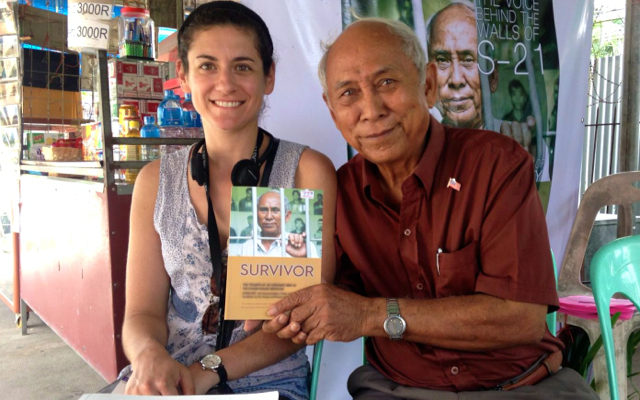First-generation college students among those affected by food insecurity
Education is the key that often opens the door to a better life for first-generation low-income college students. The United States claims to have the best higher education system in the world. But too many students are struggling not only to achieve academically in college, but to find enough food to sustain their bodies and minds each day.
Enrollment among low-income college students has increased over recent years. Students receive financial aid for tuition though often not enough to cover all their basic expenses.
Low income first-generation students usually bear this burden alone. Most do not want to explain their situation to their families, fearing that they will add additional stress to families often already stretched to the limit.

NCES Digest of Educational Statistics, Table 302.30
Researchers at Temple University and the Wisconsin HOPE Lab recently published a study that documents the extent of student hunger on campus. Their 2018 report is based on a survey of 43,000 students at 66 institutions in 20 states and the District of Columbia that includes more than 20,000 students at 35 4-year colleges and universities, as well as students at community colleges.
Here are some salient findings:
• 36% of university students were food insecure in the 30 days preceding the survey. This year’s estimate for community college students is 42%.
• 36% of university students were housing insecure in the last year. Housing insecurity affected 46% of community college students.
• 9% of university students were homeless in the last year. In comparison, 14% of community college students were homeless.
These statistics are shocking as they reflect life for too many first-generation students in the richest country in the world. College and university administrators until recently have not focused significant attention on this issue. True, it is important that more and more low-income students are attending college. Attendance alone is not a sufficient indicator of college success. It is necessary to explore the quality of the entire higher educational experience among first-generation low-income students. Certainly, having enough to eat should be high on that list.
Sharing statistics, such as those produced by researchers at Temple and Wisconsin HOPE Lab, is an important first step in raising awareness to the issue of food insecurity. But awareness is not enough. If we want to produce a college educated population to keep pace with the knowledge- and technological-based needs of our economy, policymakers at the federal and state levels must cooperate with college administrators to address and solve the issue of food insecurity among first-generation low-income college students.













No Comments Yet!
You can be first to comment this post!